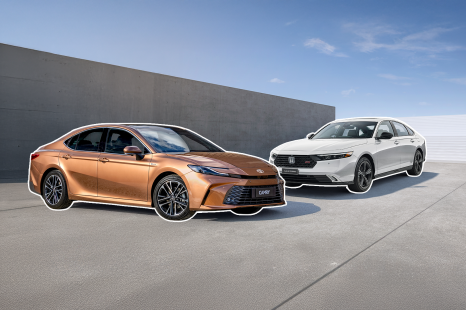

Andrew Maclean
2025 Honda Accord e:HEV RS vs Toyota Camry SL: Spec Battle
3 Months Ago
The middle child of the Mercedes-Benz sedan family has been regenerated, and it includes a bunch of PHEV options and a bucket-load of tech.

Journalist
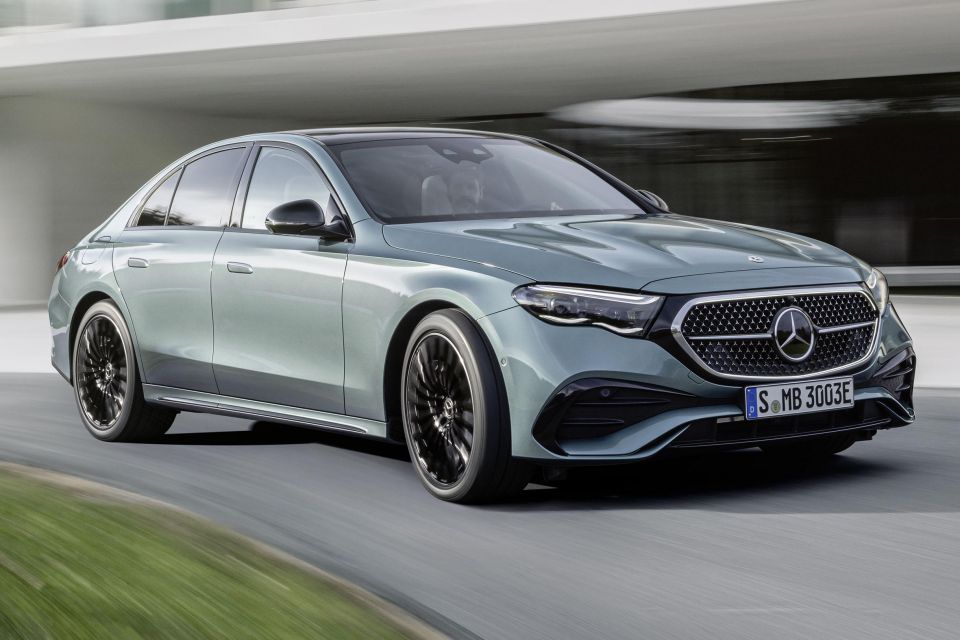

Journalist
Say “guten tag” to the latest iteration of Mercedes-Benz E-Class, which goes on sale in Europe during the third quarter of 2023. It will likely be available in Australia some time in 2024.
As expected the sixth-generation E-Class copies its shape and many of its design elements with the latest C-Class and S-Class. These include flush-fitting door handles, and tail light clusters that stretch into the boot lid.
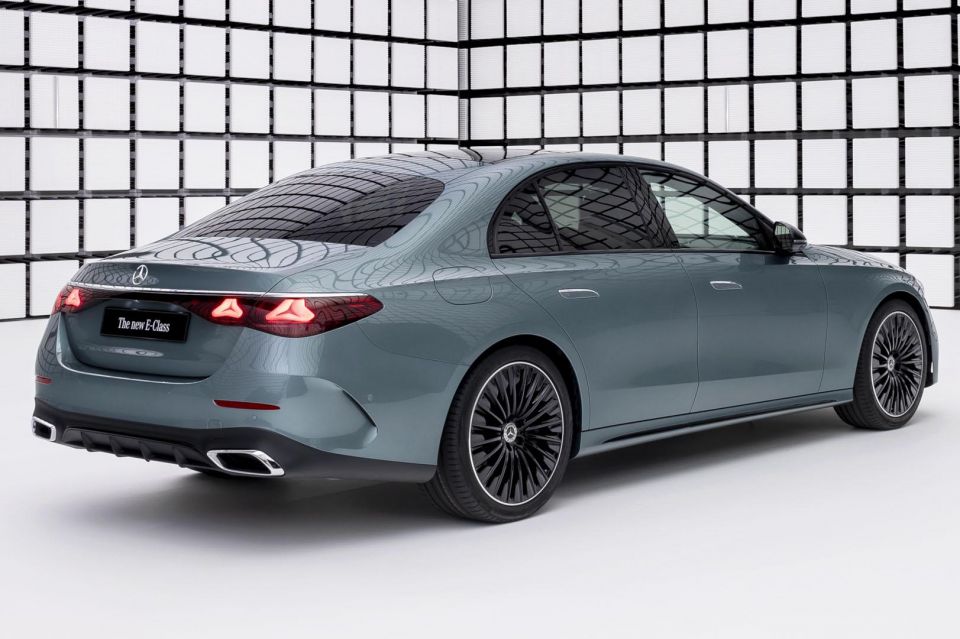
The new E-Class does have a few distinguishing items, though. Most notably it has scalloped headlight units that blend into the grille frame, a styling feature borrowed from the all-electric EQE and EQS models. If you’re so inclined, the grille can also be illuminated.
The three-pointed star not only features on badging, but can also been seen in place of traditional grille slats on some variants, embossed into the fake air intakes, and is present in the tail-light graphics.
According to Mercedes-Benz the E-Class has a drag coefficient of 0.23, the same as the outgoing model.
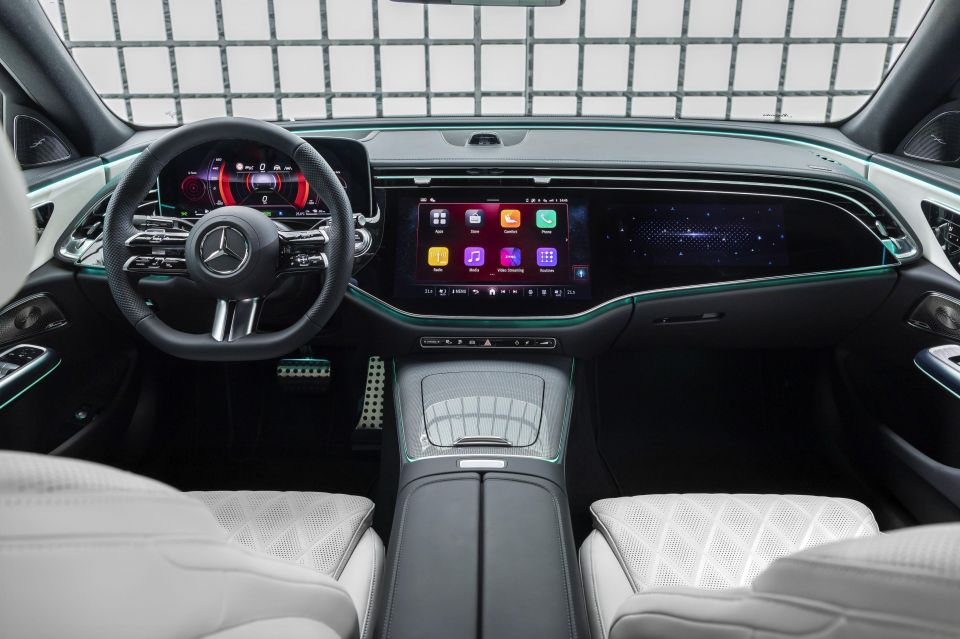
Measuring 4949mm long, 1880mm wide, 1468mm tall and riding on a 2961mm wheelbase, the new E-Class has been stretched out in every dimension except height. Compared to the outgoing model, the W214 E-Class is 26mm longer overall, 28mm wider, and has a 22mm longer wheelbase.
At launch in Europe, the E-Class will be available with three mild hybrid variants: the 150kW/320Nm E200 with a 2.0-litre turbocharged four-cylinder petrol, and the 145kW/440NmE220d and all-wheel E220d 4Matic with a 2.0-litre four-cylinder turbo-diesel.
All three mild hybrid models have an integrated starter-generator that not only helps to start the internal combustion engine, but can also provide a 17kW/205Nm boost when necessary.
The E200 drinks at rate of around 7.3L/100km, and is capable of completing the 0-100km/h dash in 7.5 seconds. The E220d and E220d 4Matic are between 0.1 and 0.3 seconds slower, and drink at about 5.7L/100km.
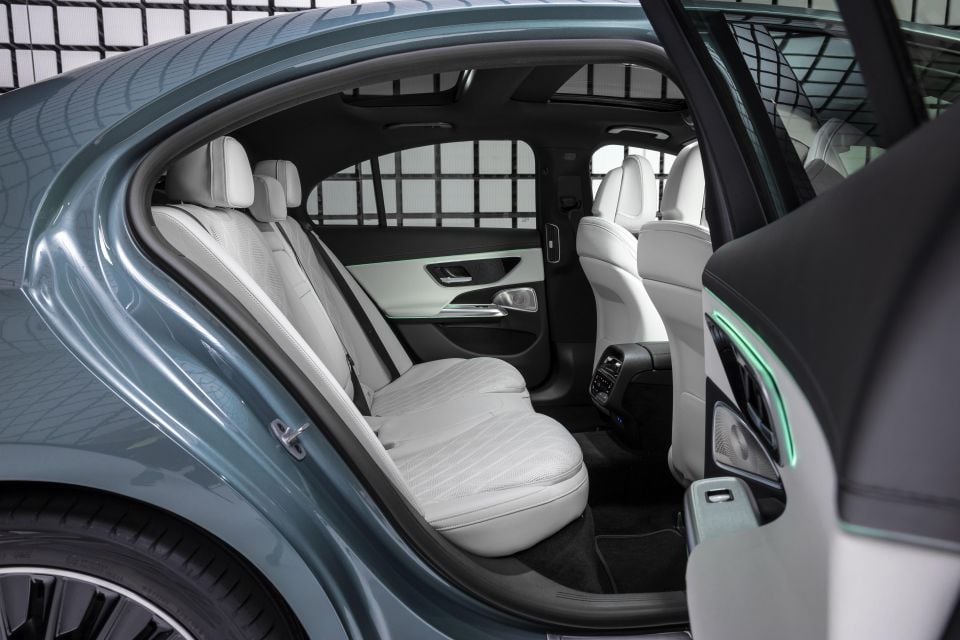
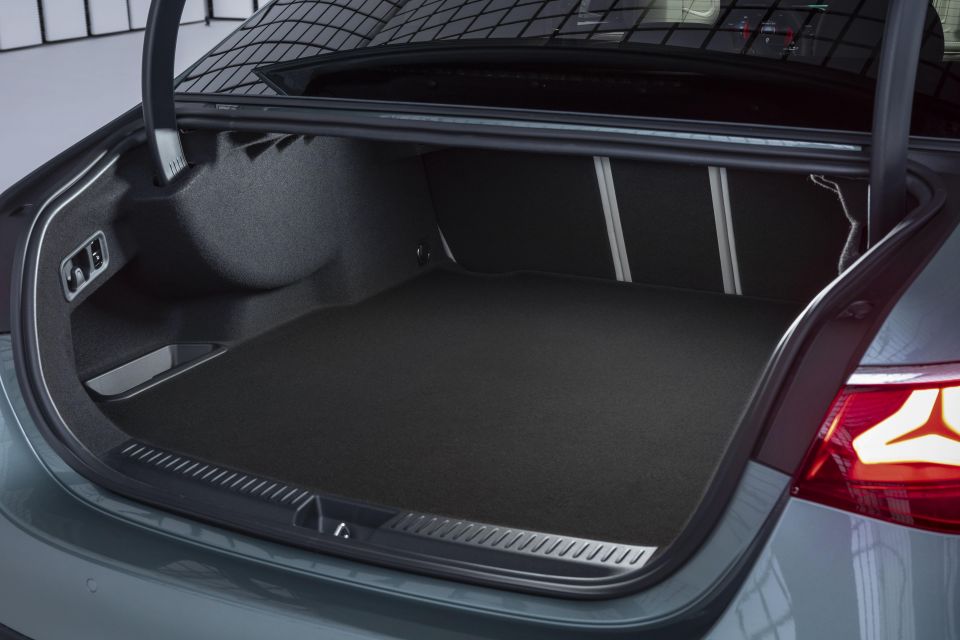
The launch range also includes three plug-in hybrid options: the 230kW/550NmE300e and E300e 4Matic, and the 280kW/650Nm E400e 4Matic.
All three PHEVs have a 2.0-litre turbocharged four-cylinder petrol engine, and a 95kW/440Nm electric motor paired with a 25.4kWh lithium-ion battery pack that supports DC charging up to 55kW. In WLTP testing electric driving range is between 95 and 115km.
The E300e requires 6.4 seconds to 100km/h, while the E400e needs just 5.3 seconds. Mercedes-Benz will add diesel plug-in hybrids to the range in the near future.
All mild and plug-in hybrid models have a nine-speed automatic transmission as standard.
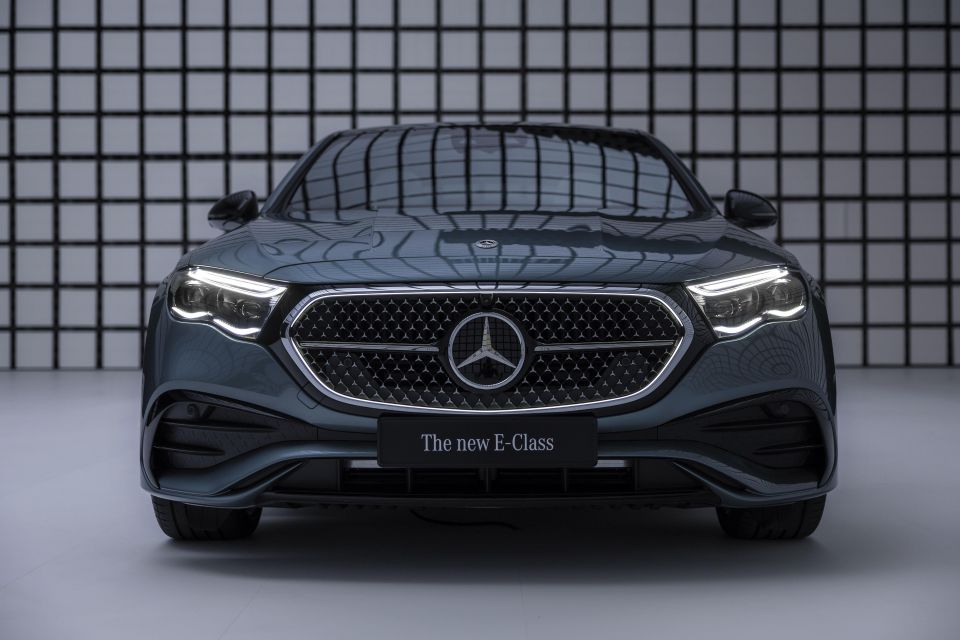
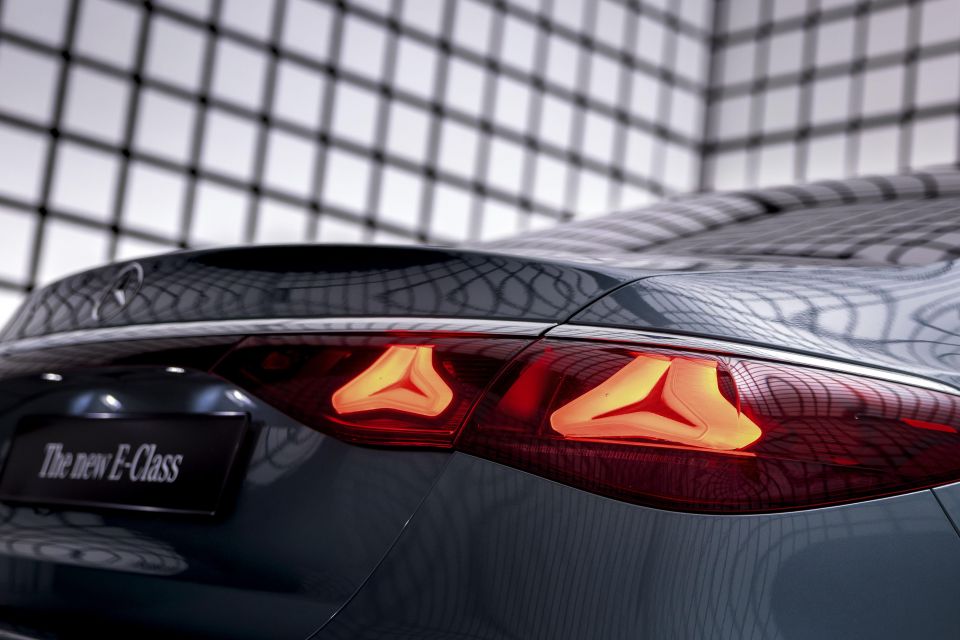
While the launch range is powered purely by four-cylinder engines, reports indicate upcoming AMG variants will pair a PHEV system with a 3.0-litre turbo straight-six.
Available driving options include air suspension, adaptive dampers, and a rear-wheel steering system that can turn up 4.5 degrees to reduce the turning circle by up to 90cm.
Among the laundry list of safety features is an attention monitoring system that can warn the driver, and if they don’t respond after several escalations, can automatically bring the vehicle to a complete stop.
In countries where it’s legal, the new E-Class can park itself automatically and remotely in parking structures which have the required infrastructure built in.
Other safety items available include active cruise control, evasive steering assistance, active blind spot monitoring and lane keeping assistance, and cross traffic monitoring that can stop the car from launching off at traffic lights and stop signs if other road users are detected.
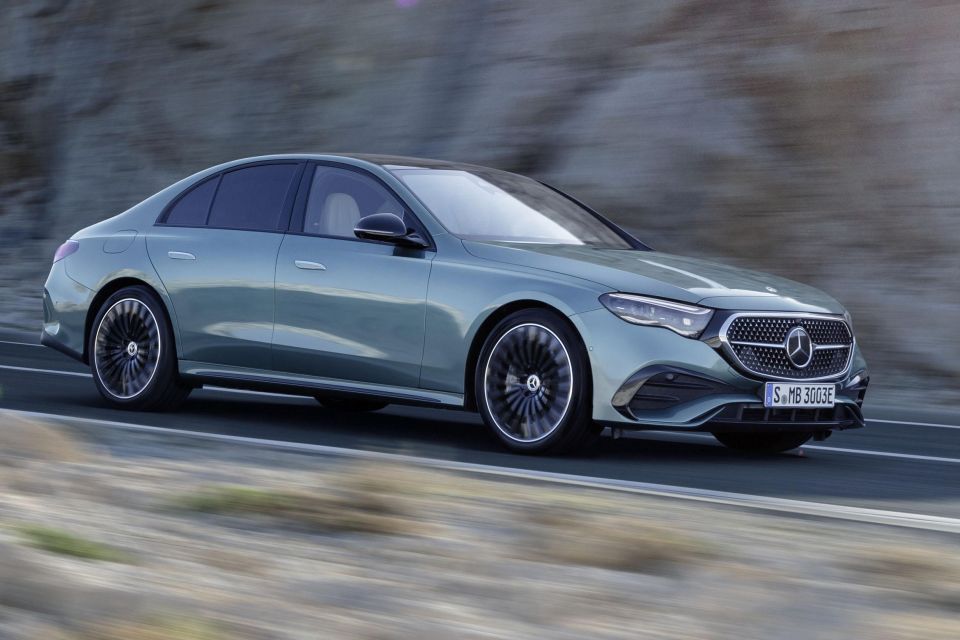
Access to the car can be gained through a traditional key fob, or a “digital vehicle key” that can be stored on an iPhone or Apple Watch. It can be shared with up to 16 people, and different profiles and rights can be assigned to each person.
As revealed last month, the dashboard of the E-Class can be kitted out MBUX Superscreen layout with digital instruments ahead of the driver, and a single pane of glass across much of the dashboard covering a large central touchscreen, and a slightly smaller touchscreen for the front passenger.
In some jurisdictions the front passenger can watch videos or TV on their screen, with the content filtered so that it’s not visible to the driver.
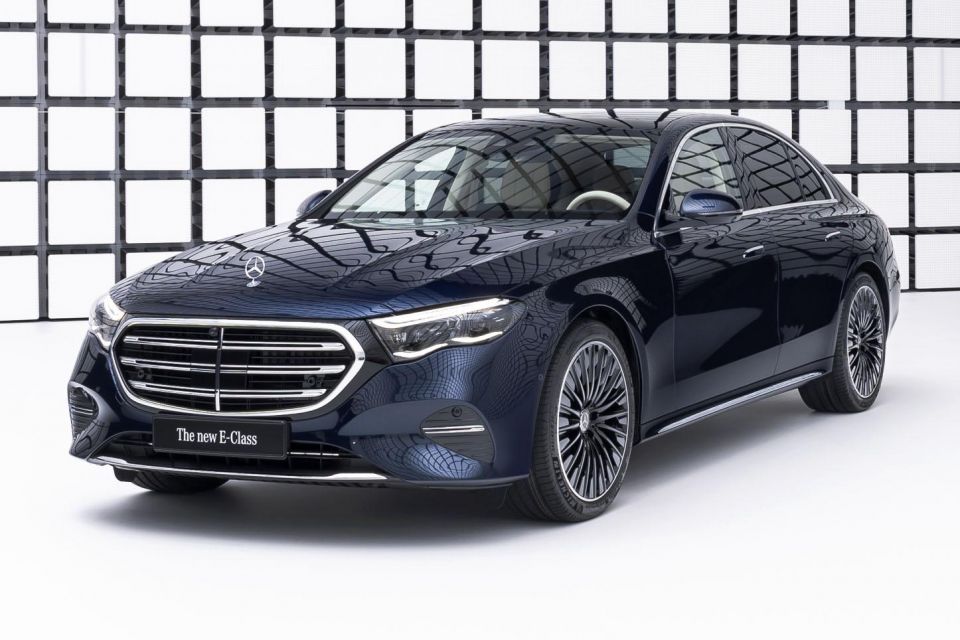
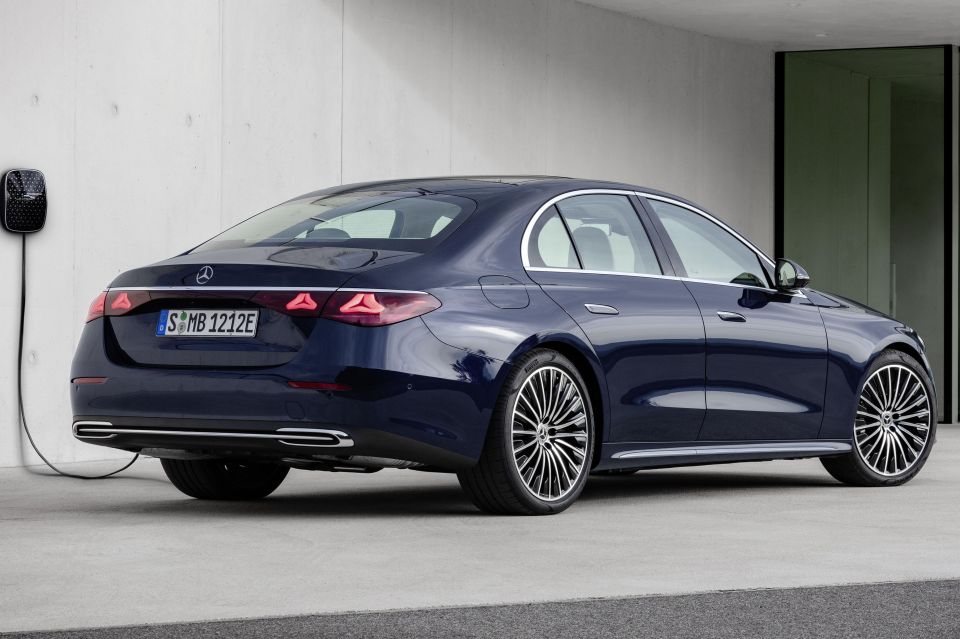
The MBUX setup in the E-Class includes selfie cameras, allowing passengers to take part in Zoom meetings and video calls. Functionality can also be expanded by downloading apps, including TikTok and Angry Birds, to the system.
Sound systems available include the entry-level seven-speaker 125W unit, and a 21-speaker 730W Burmester surround sound setup with Dolby Atmos and Spatial Audio on top-shelf models.
Vehicles with the interior active ambient light system will allow passengers to “see” their music, with the lights pulsing to the beat, and colours changing to the rhythm or mood.
A two-zone climate control air conditioning system is standard, while the four-zone option can be fitted with automatic vent adjustment and fragrance ionisers.
Where expert car reviews meet expert car buying – CarExpert gives you trusted advice, personalised service and real savings on your next new car.
Derek Fung would love to tell you about his multiple degrees, but he's too busy writing up some news right now. In his spare time Derek loves chasing automotive rabbits down the hole. Based in New York, New York, Derek loves to travel and is very much a window not an aisle person.


Andrew Maclean
3 Months Ago
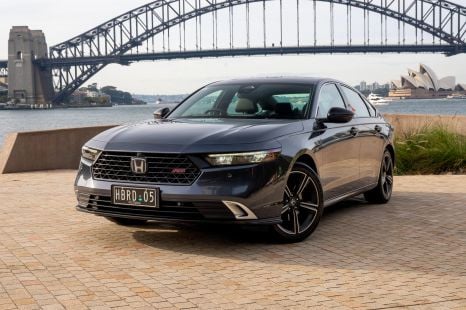

Andrew Maclean
3 Months Ago
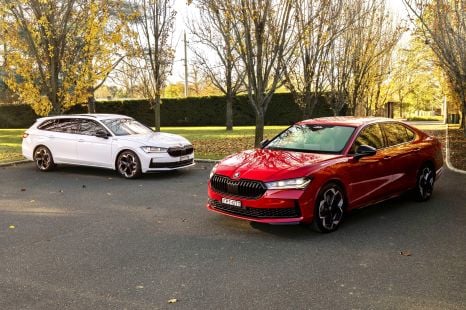

Max Davies
3 Months Ago
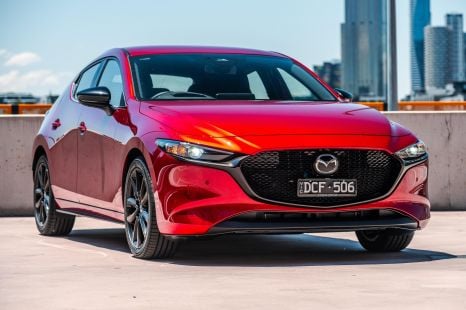

Josh Nevett
3 Months Ago


Josh Nevett
2 Months Ago


James Wong
2 Months Ago